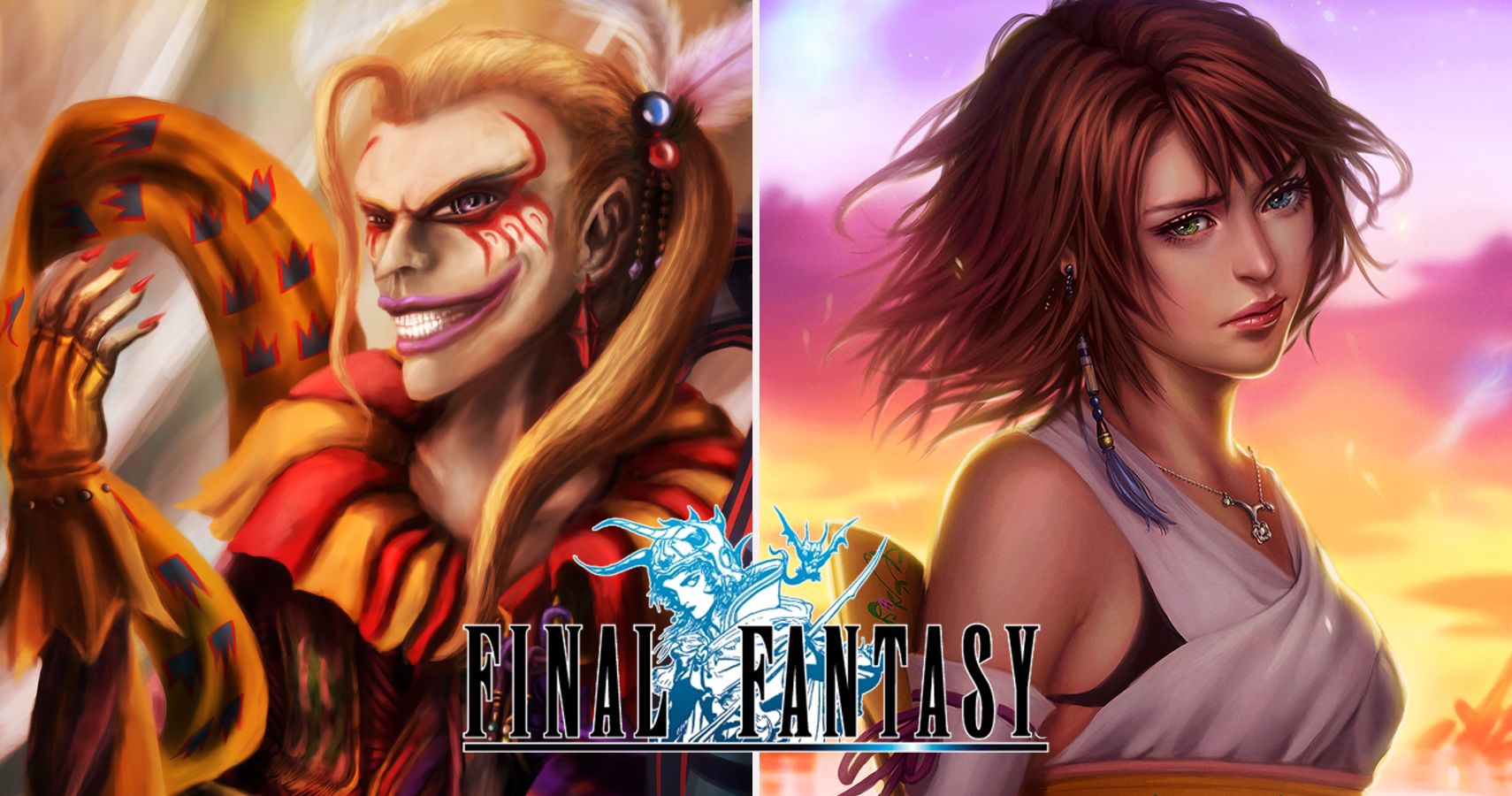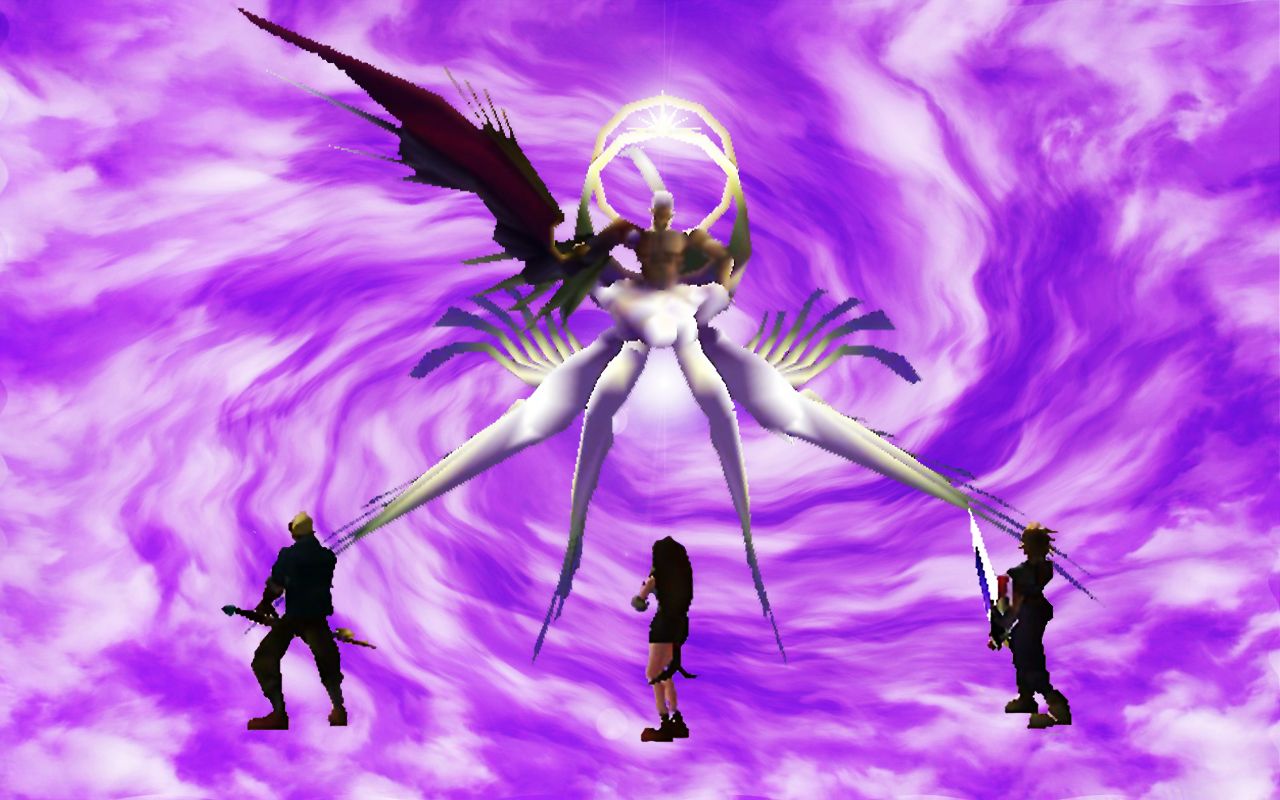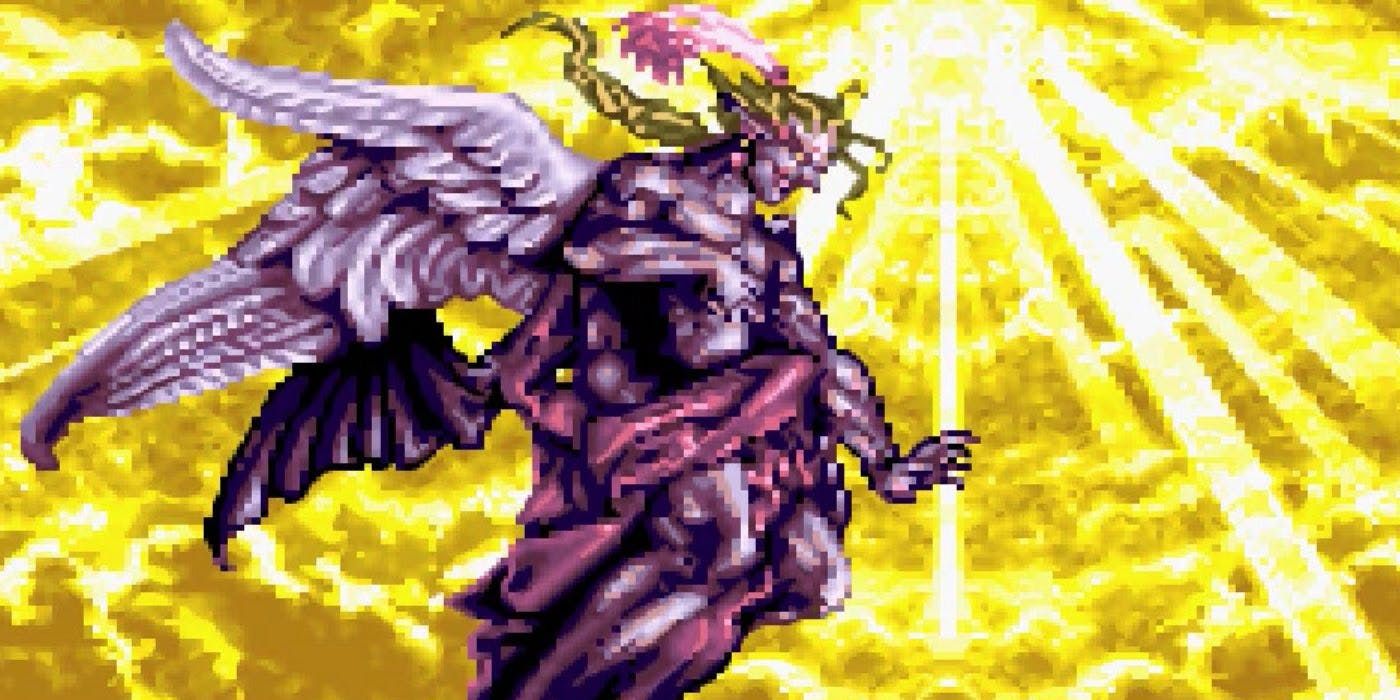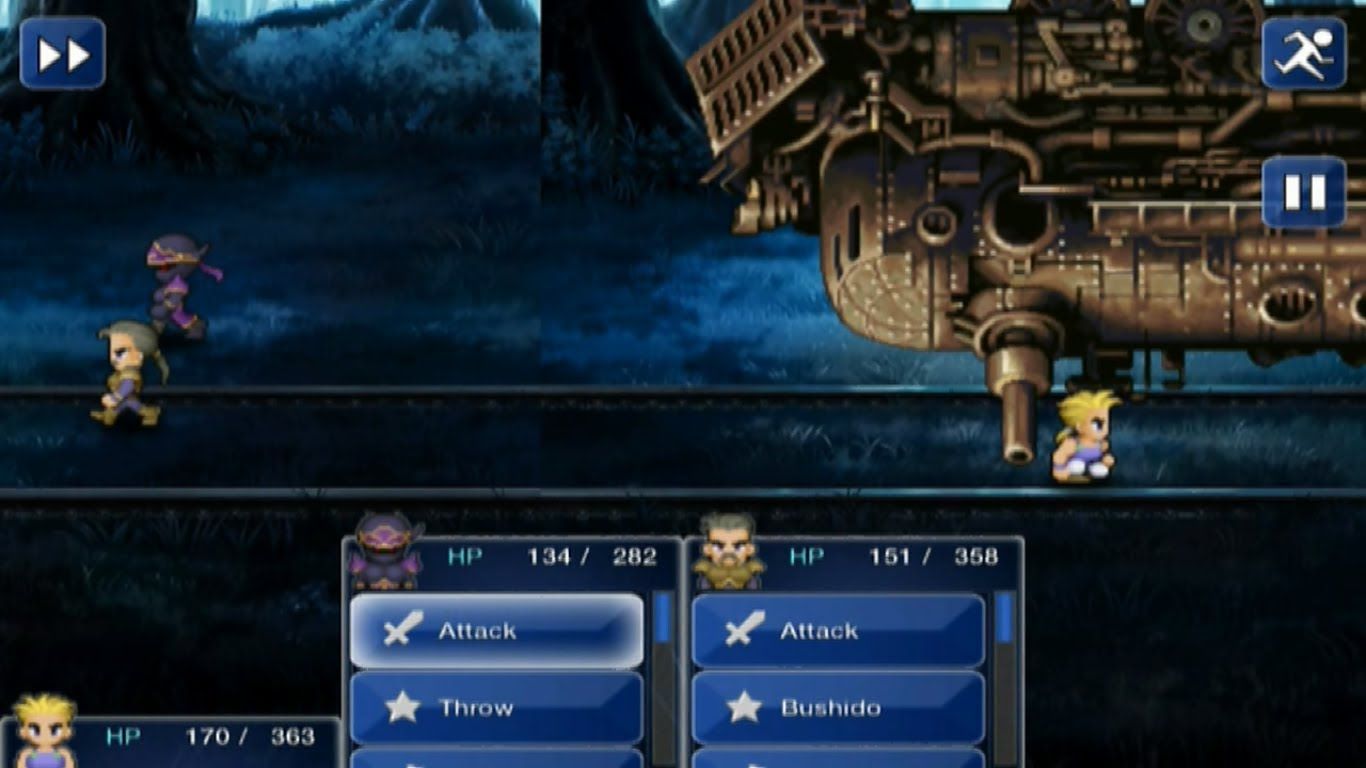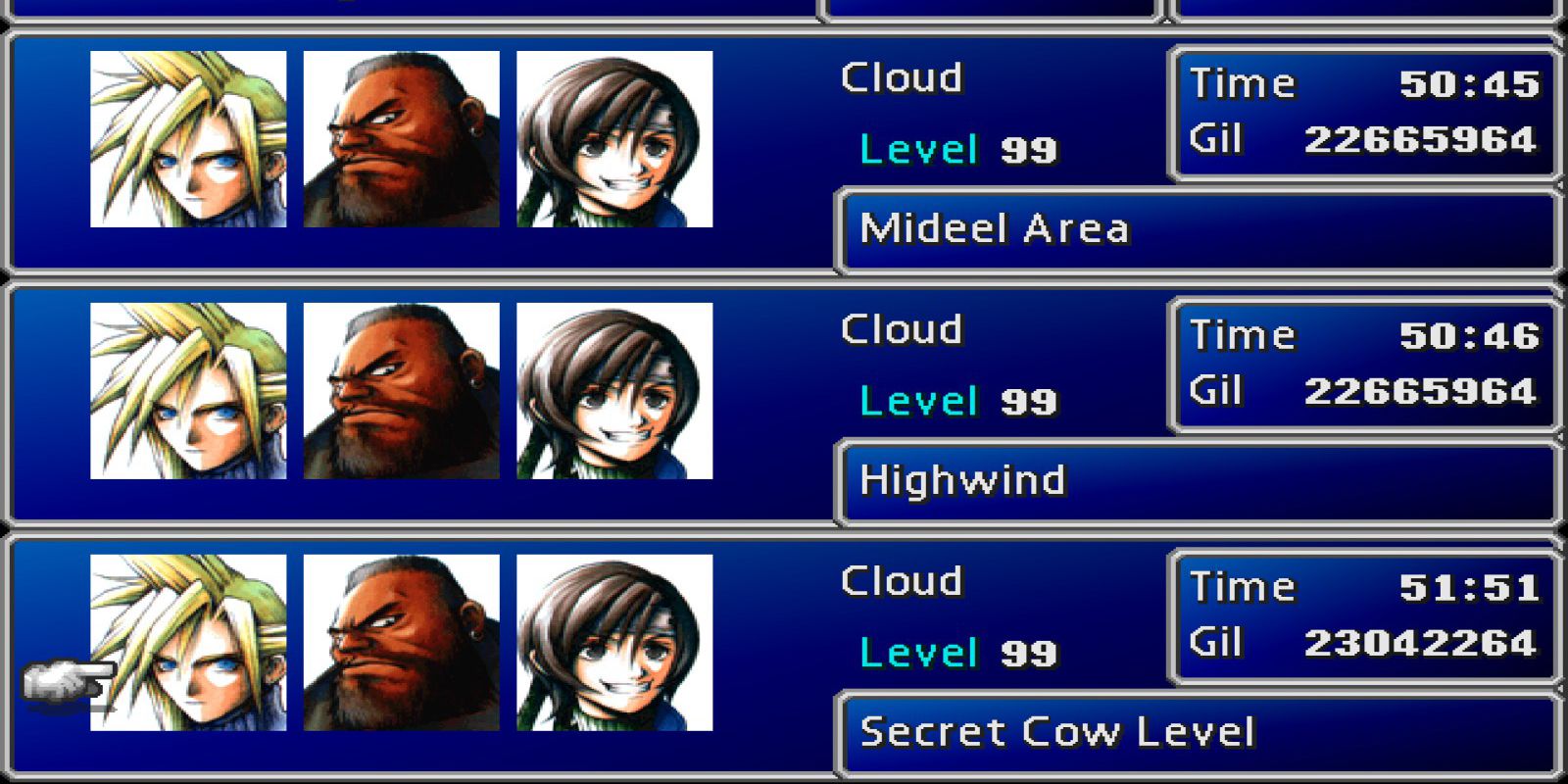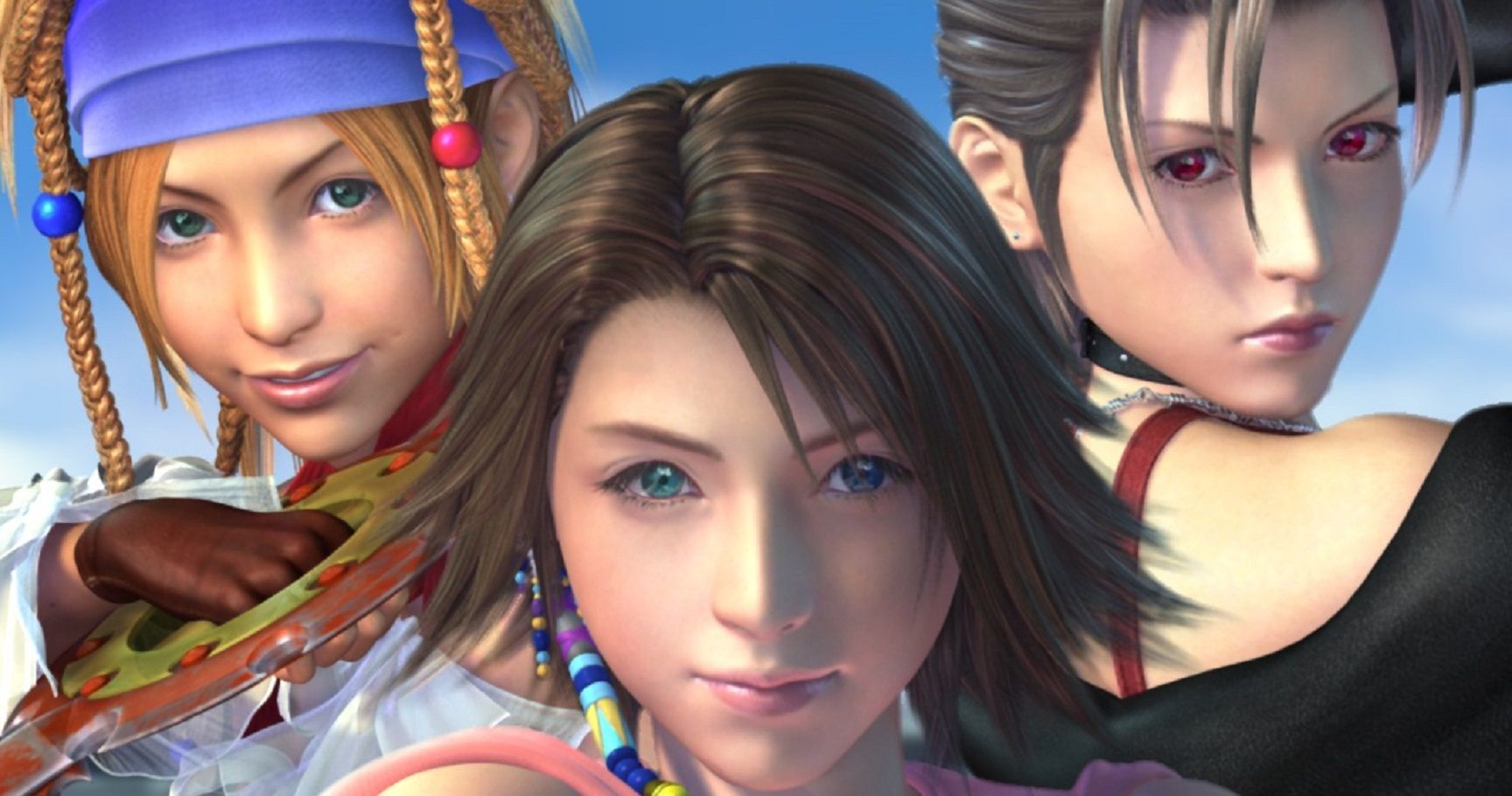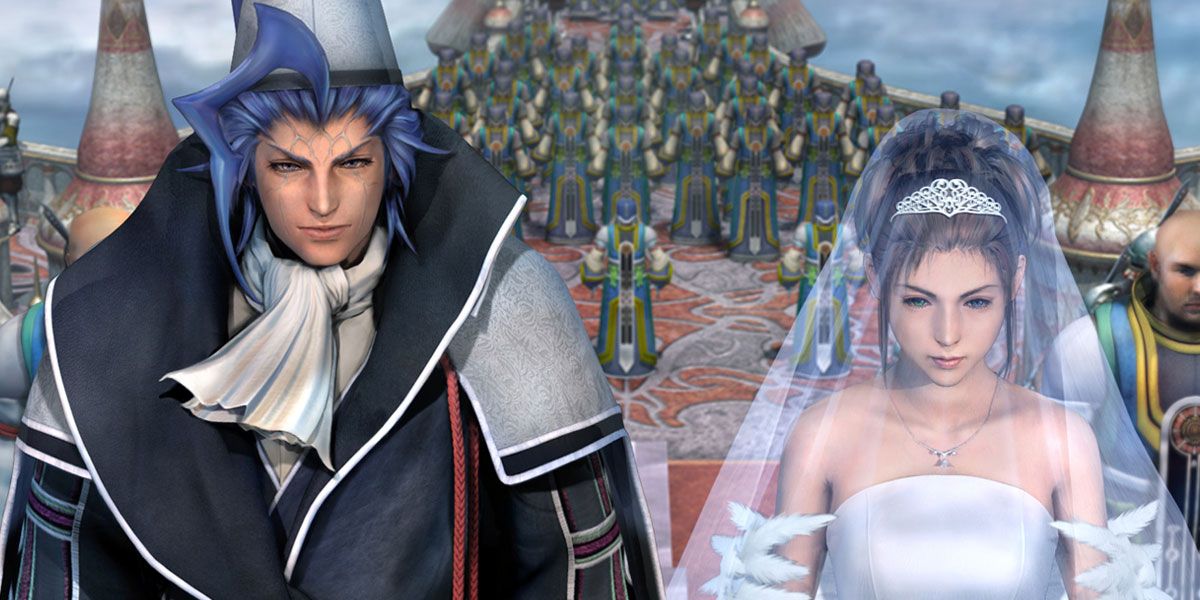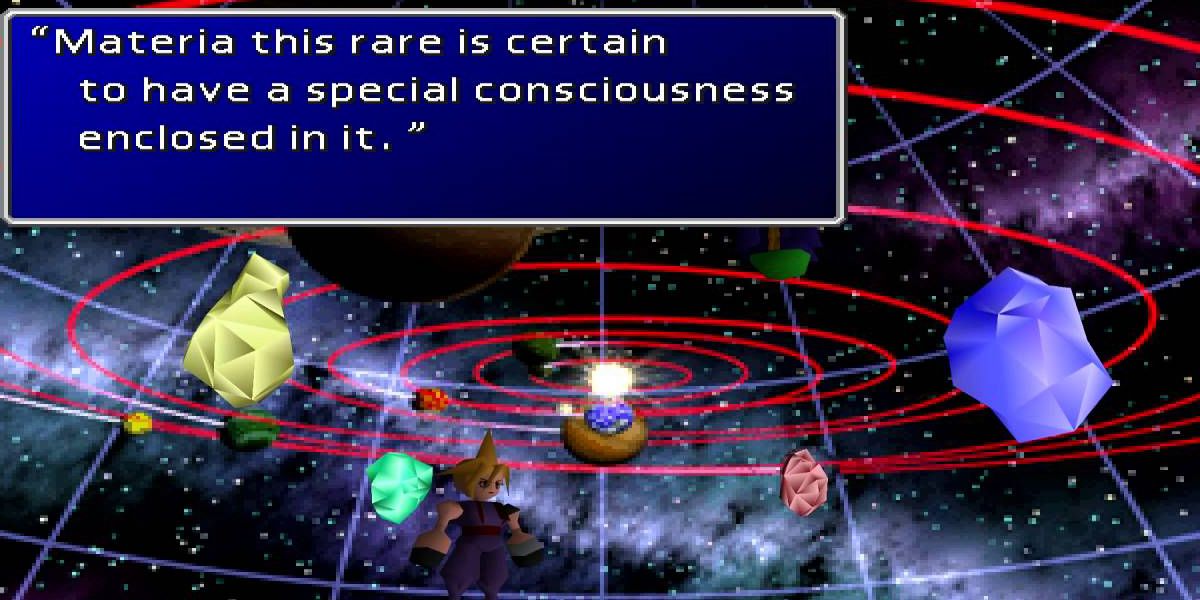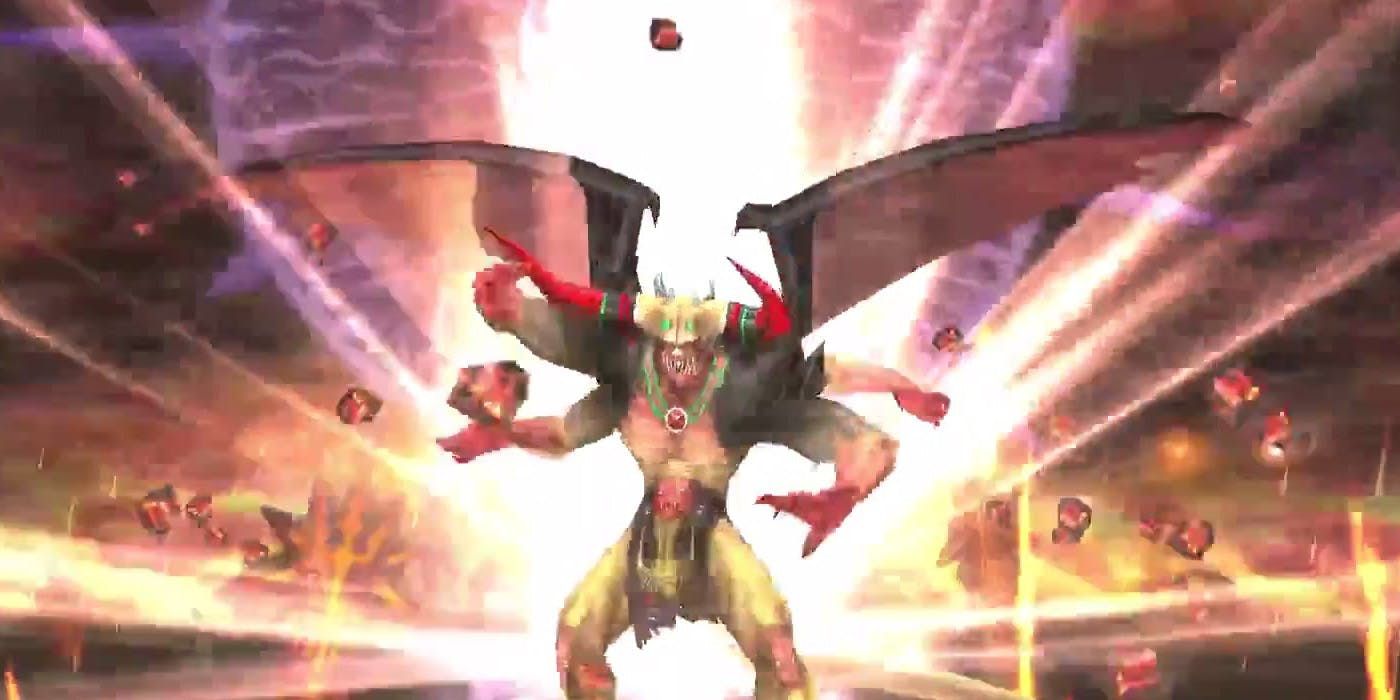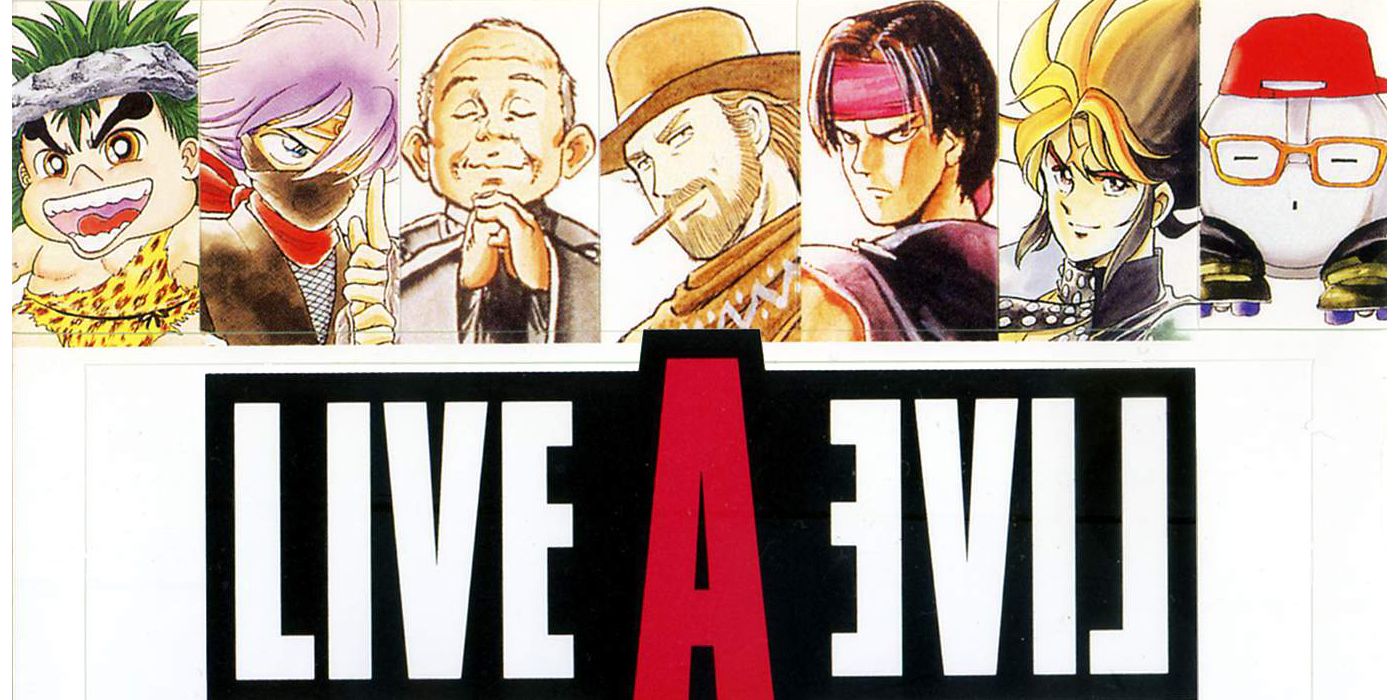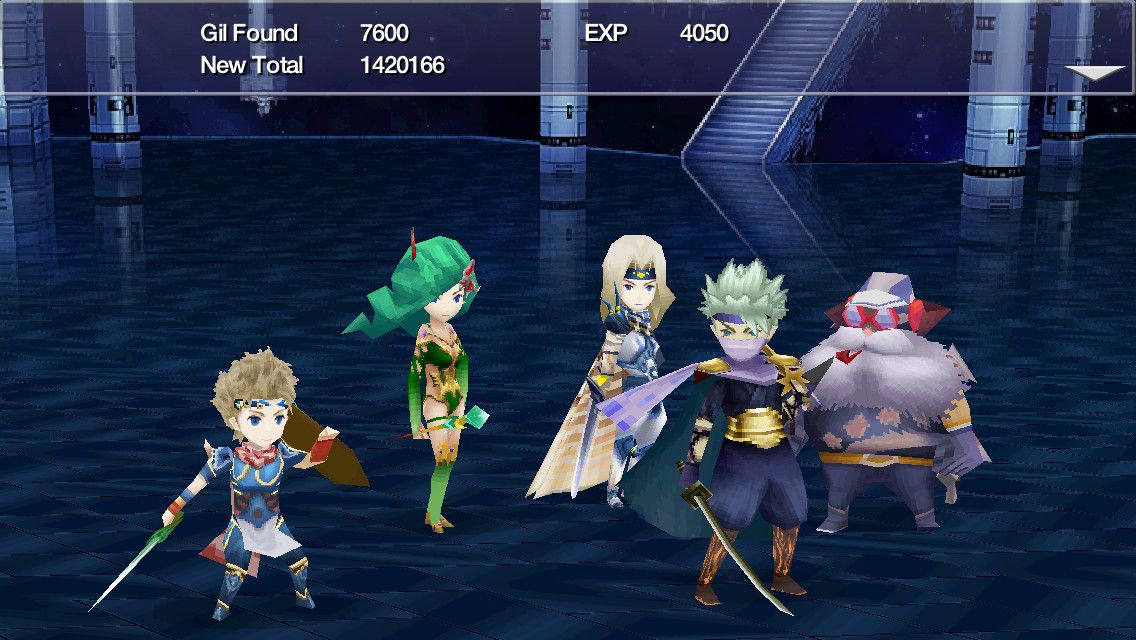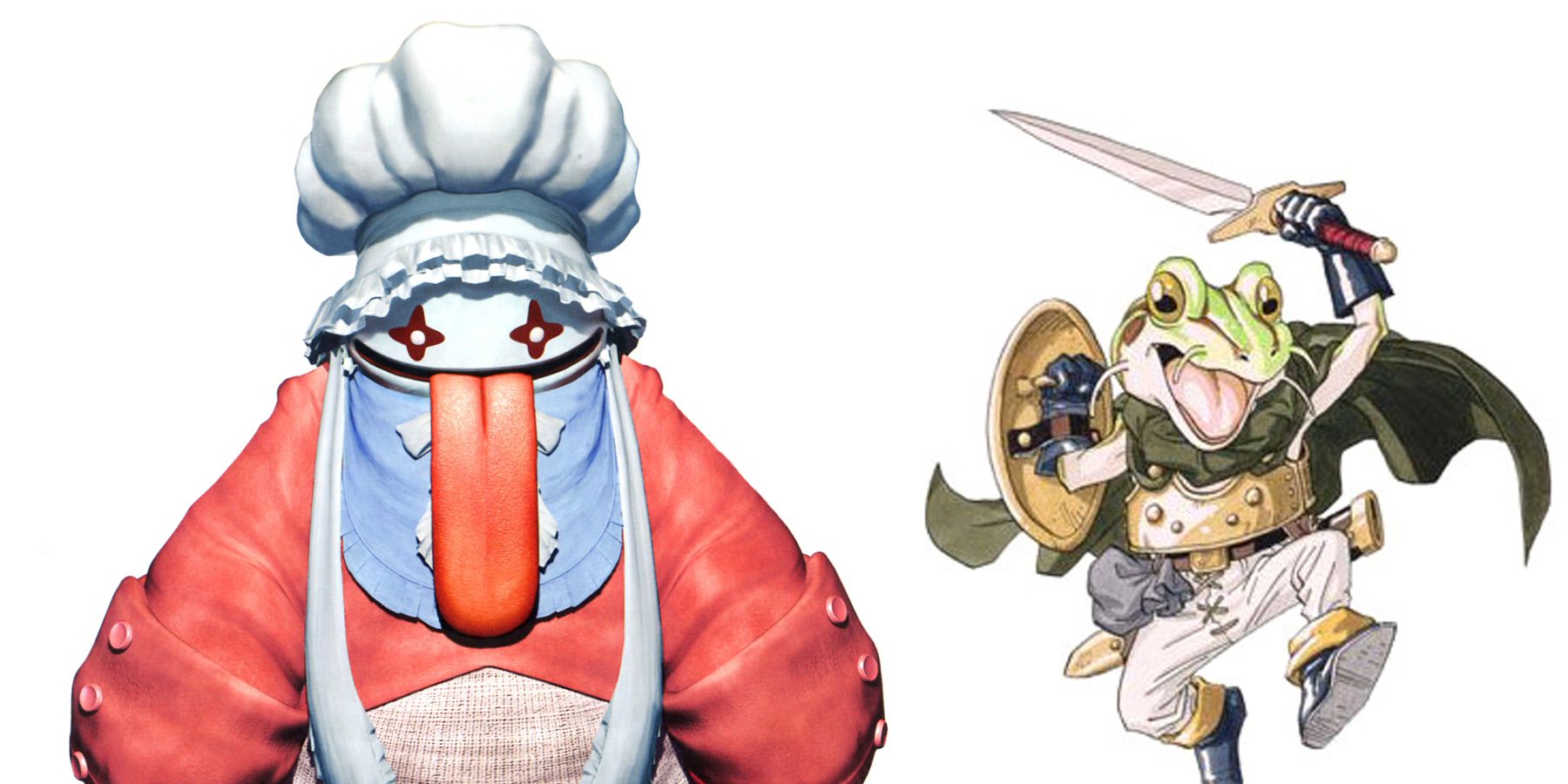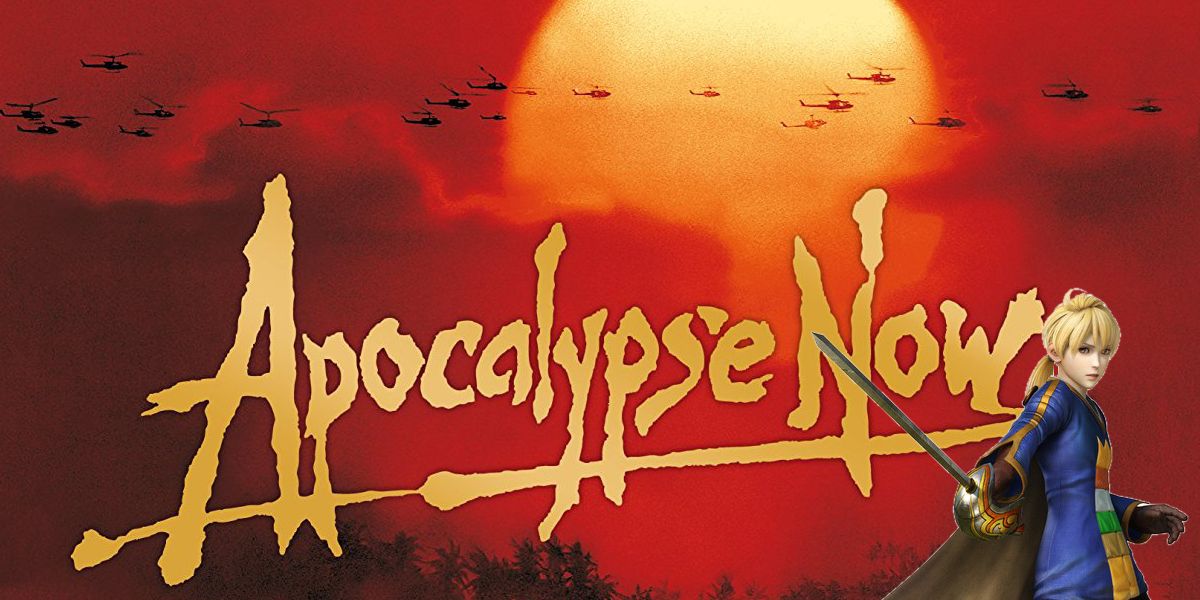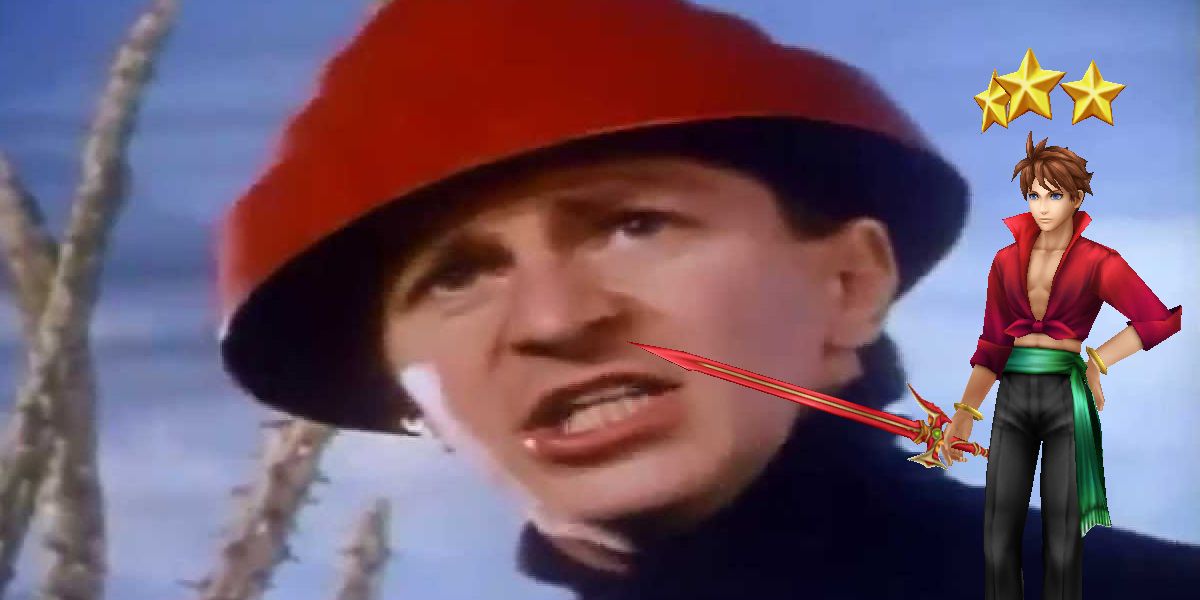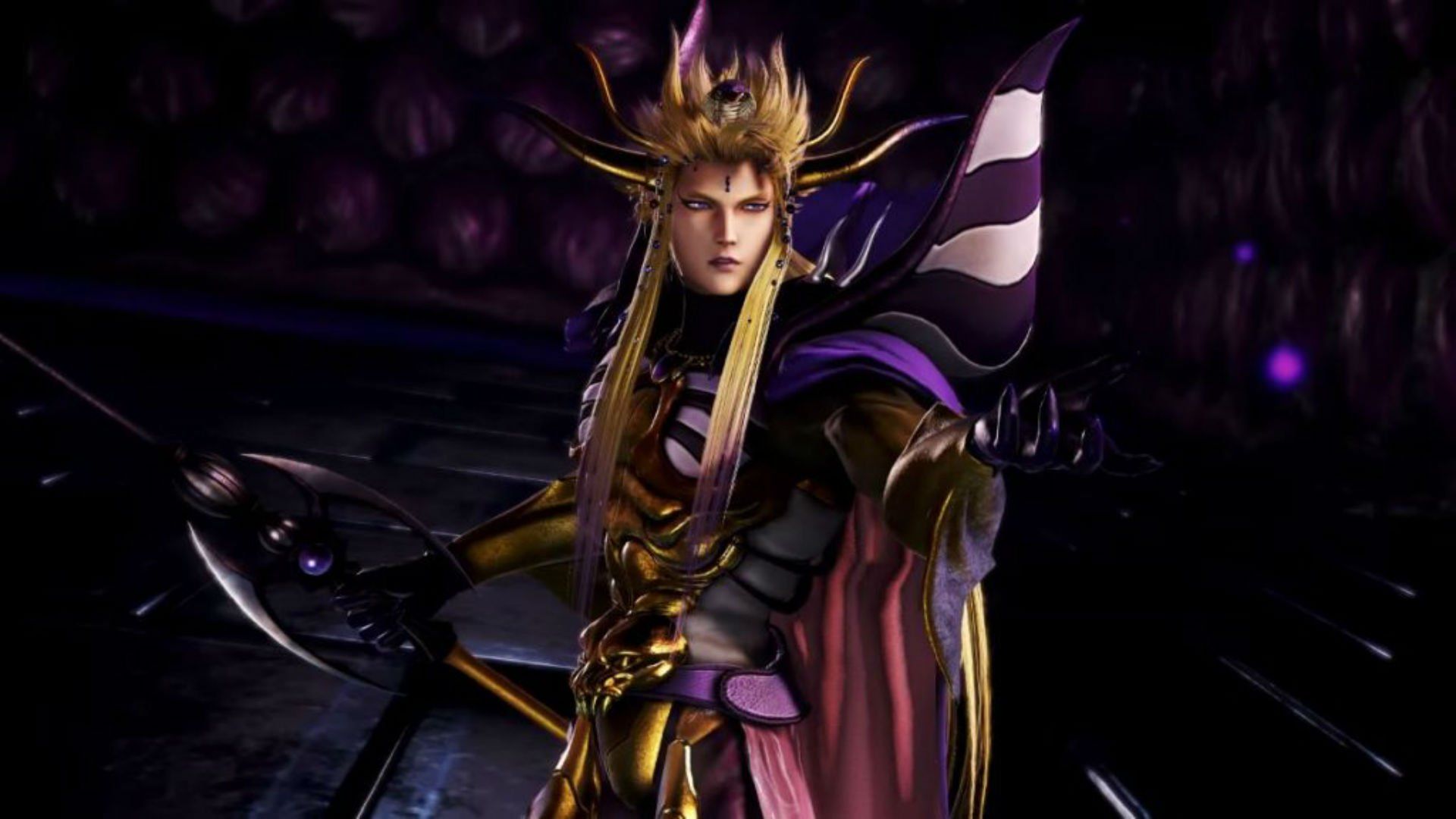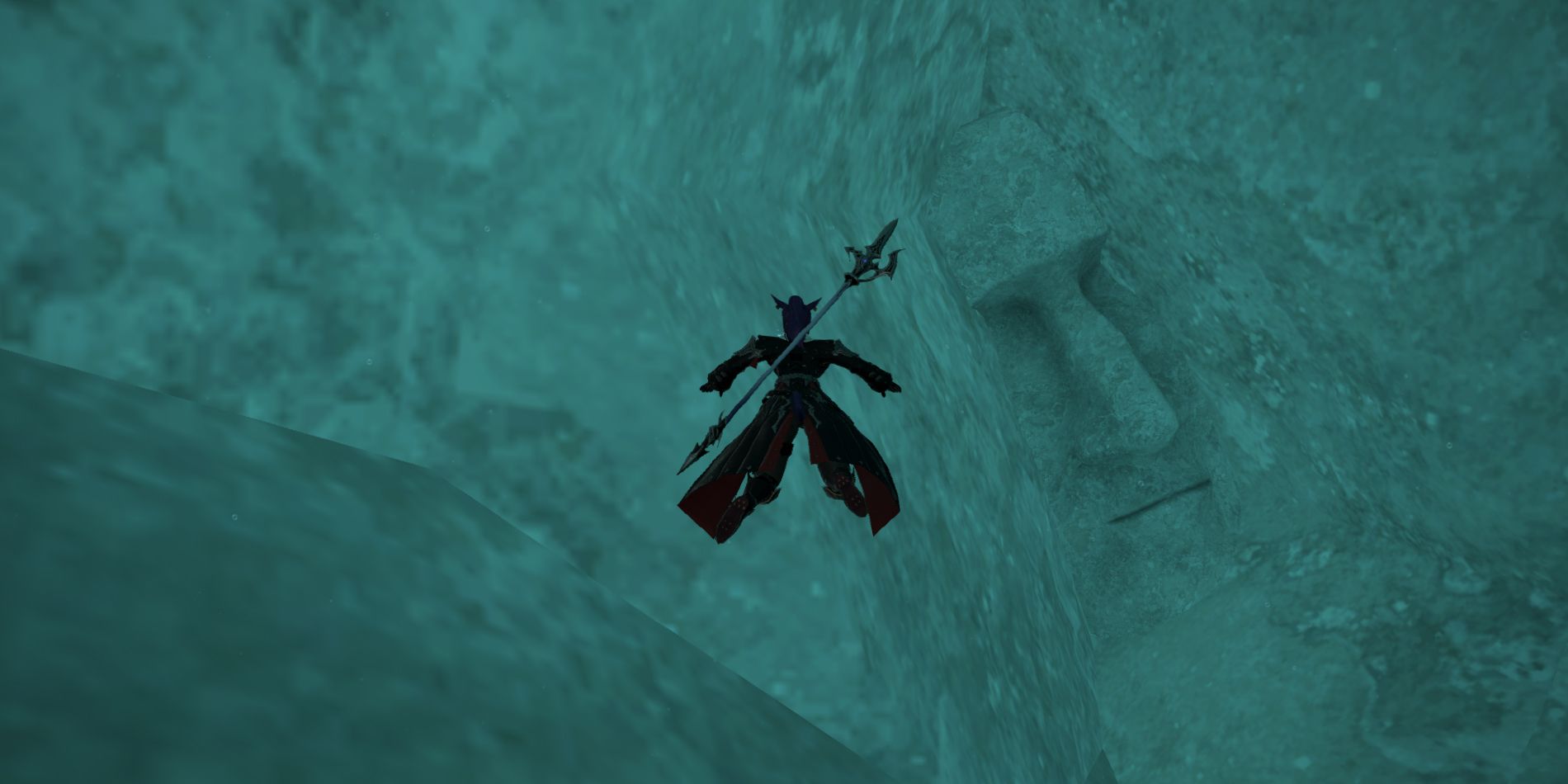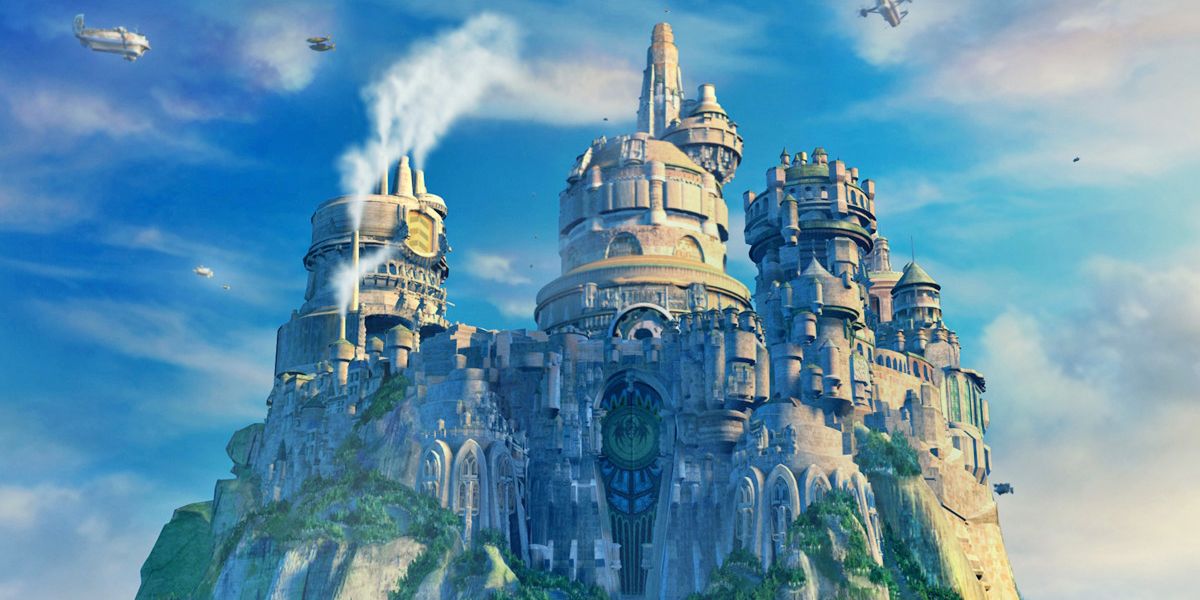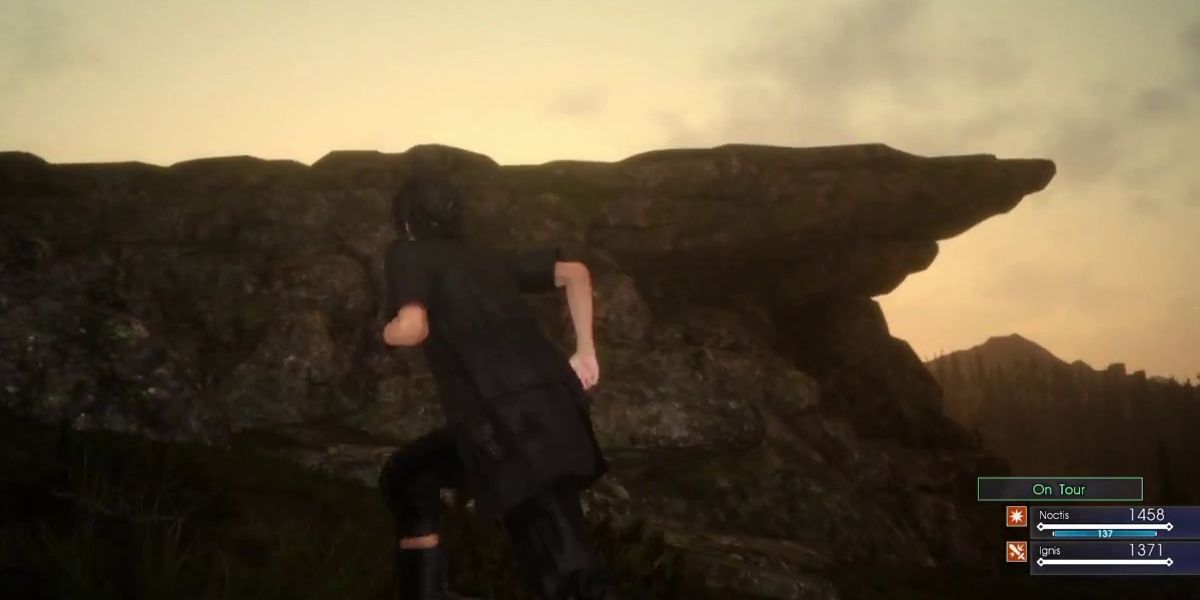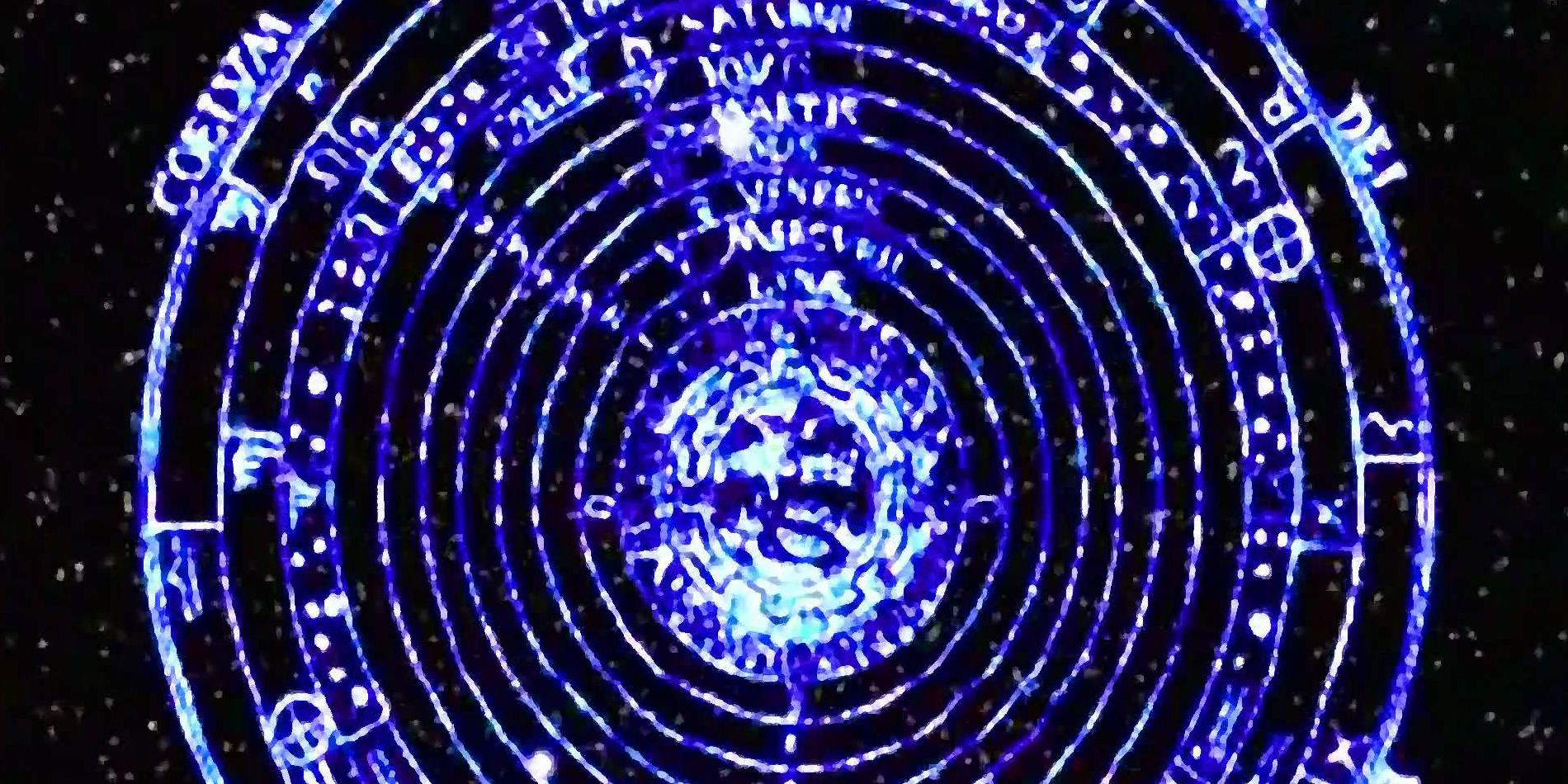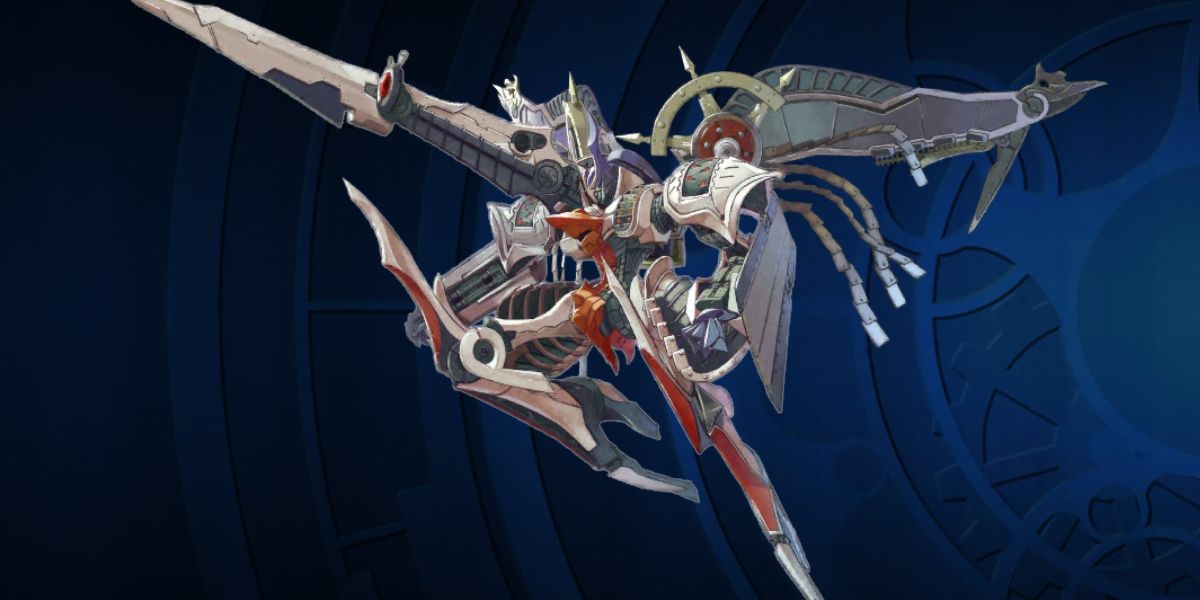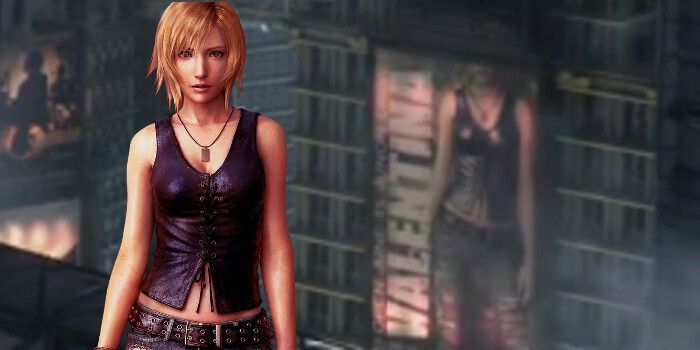The Final Fantasy series has been wearing its references on its sleeve since the beginning. The first Final Fantasy game was heavily rooted in Dungeons & Dragons, to the point where it needed to be edited in order to prevent a lawsuit. The later Final Fantasy games heavily referenced other series, like Star Trek and Star Wars, to the point where entire websites were dedicated to cataloging all of them.
The outside references go far deeper than the likes of calling two of the characters Biggs and Wedge. It seems as if every name and plot twist is a shout out to another piece of fiction or mythology. Many of these references were so subtle that they went over the heads of the players.
We are here today to look at the messages & references that were hidden within the Final Fantasy series. From the meaning behind the names of the villains of Final Fantasy VII, to the Square Enix protagonist who may be entering the series soon.
Here are Twenty Hidden Messages In Final Fantasy They Don’t Think You’ll Notice!
20 This Religion Sounds A Bit Familiar
One of the biggest misconceptions surrounding Final Fantasy VII is the notion that Sephiroth is still alive and active in the world. Sephiroth was actually killed when Cloud threw him into a Mako Reactor, though his will prevented him from being absorbed by the Lifestream. The Sephiroths that you see in the world are actually pieces of Jenova that are being controlled by Sephiroth.
The reason Sephiroth and Jenova are named as such is that they are referencing concepts from Kabbalah, which is a form of Jewish mysticism that is steeped in philosophy. Sephiroth comes from the word Sephirot, which refers to the physical manifestations of God. Jenova is named after Jehovah, which is the Hebrew word for God. Those names were chosen due to the unique way in which Sephiroth and Jenova interact with the real world from beyond the grave.
19 A Divine Comedian
The last battle in Final Fantasy VI was unusual in that it had a scrolling background. This was unique among the Final Fantasy games that appeared on the Super Nintendo. The reason they did this was that the last battle was so epic that it needed to be done in stages.
The stages of the battle against Kefka are references to the Divine Comedy. The first stage represents Dante meeting Satan. The second stage represents Purgatory, which is why Kefka appears to be suffering. The third stage is supposed to be Heaven, which is why the statue resembling the Virgin Mary floats above Kefka.
The final stage of the battle represents Dante meeting God, which is reflected by Kefka resembling a diety.
18 Sabin Will Meet You On Final Destination
All of the characters in Final Fantasy VI possessed unique abilities that they could use in combat. Terra was the only one who could transform into an Esper, while Locke was the only character who could steal items.
Sabin's unique trait was an attack called Blitz. Once selected, you had to input specific button commands in order to activate a Blitz, in a similar manner to performing a move in a fighting game.
Two of Sabin's Blitz attacks had the same button inputs as famous fighting game moves. The Aura Cannon uses the same commands as Ryu & Ken's Hadouken in Street Fighter II, while the Pummel uses the same button input as Ryo's Raging Fist in the Art of Fighting series.
17 Sephiroth Keeps Cows In His Base
It seems that the English localization team for Final Fantasy VII were huge fans of PC gaming, as a reference to the original Diablo was hidden near the end of the game.
The last dungeon in Final Fantasy VII is the Northern Crater. You are given a Save Crystal, which allows you to save anywhere inside the Crater, which turned out to be very buggy and unreliable.
If you use the Save Crystal within the Northern Crater, then it will list your location as the Secret Cow Level. This is a reference to a famous Internet rumor concerning the existence of a hidden level within Diablo that only contained Cows. This level would become a reality in Diablo II.
16 The Three Girl Theory
Final Fantasy IV was the first game in the series to start referencing a book known as The Three Faces of Eve. This was a psychology book that gave a theory that women go through three stages in their life: child, maiden, and mother. Every Final Fantasy game from IV to X had three female characters who followed this mold, as did a few of the post-X games.
Final Fantasy XI and XIV ignored this idea, as those are MMOs that are filled with characters created by the players. Final Fantasy X-2, XII, and XIII-2 only had three playable female characters and they followed the archetypes laid down in The Three Faces of Eve.
Final Fantasy XV totally skipped this, as the playable characters were all male. Unless there is a "Four Hunky Faces of Adam" theory that we're are unaware of.
15 Fighting Over Who Gets To Be Jesus
The world of Spira is one that is desperately seeking a savior. Sin can only be stopped by a single summoner who is willing to sacrifice their life in order to conjure the Final Aeon and stop Sin for a few more years.
Two individuals are fighting over who gets to be the one to save Spira and act out the Jesus Christ role. Seymour is the pretender to this position, though he shares the death of Jesus. He is stabbed through the chest by Kimahri, whose ultimate weapon is called the Spear of Longinus. This is also the name of the weapon that was used to stab Jesus when he was on the cross. When he falls to the ground, he lands in a crucified pose.
Yuna is the true savior of Spira, which can be seen by the fact that she walks on water during the sequence when she dances during the Sending ritual.
14 Huge Materia = The Four Crystals
One of the main recurring themes of the Final Fantasy series was the idea of the four classic elements being controlled by giant crystals. The possession or destruction of these crystals was usually the goal of the villains.
It seems like Final Fantasy VI totally dropped the crystals from the series, with the magicite shards being used as a replacement. Final Fantasy VIII also didn't use crystals, which meant that the fate of the world rested on Squall's ever so punchable face.
Final Fantasy VII had materia, which acted as a replacement for the job system of old. The four Huge Materias acted as a stand-in for the crystals, but it wasn't necessary for you to save all (or any) of them.
13 Chaos Is Always Promoting The Series (Even When Punching You In The Face)
The name Final Fantasy becomes less relevant with each new entry in the series. Despite popular belief, the series wasn't actually named Final Fantasy because it was Squaresoft's last game. Hironobu Sakaguchi has confirmed that the name Fighting Fantasy was already taken and he wanted a cool sounding word beginning with F.
The name Final Fantasy has been subtly alluded to in several games in the series, with Ultimecia outright saying the name in the Japanese version of Final Fantasy VIII.
The end boss of Dissidia Final Fantasy uses attacks that have a similar sounding name to Final Fantasy. The level that you fight him on is called the Edge of Madness, while his ultimate attack is called Brink of Delusion.
12 A Case Of Self Plagiarism
The three Final Fantasy titles that appeared on the Super Nintendo received updated ports on the Game Boy Advance. These ports come highly recommended, as they received much more faithful translations and included lots of post-game material.
Final Fantasy IV Advance featured a massive post-game dungeon called the Lunar Trials. This featured specific areas that were meant to test each character.
The concept behind the Lunar Trials was actually taken from an old Squaresoft game on the Super Nintendo called Live A Live. In the final chapter of Live A Live, you had to select which of the characters in the game you were going to take with you. Each of these characters had a piece of the final dungeon dedicated to them, with their own unique challenges that they had to overcome.
11 Call Me A '90s Anime Fan
Final Fantasy IV: The After Years featured a combat mechanic called "Band" which worked in a similar manner to the Tech system from Chrono Trigger. Bands could only be used by specific groups of characters and acted as more powerful variants of the attacks and spells that you normally had access to.
One of the Bands in Final Fantasy IV: The After Years is named "Call Me Queen". This is a group attack where Rydia, Leonora, Harley, and Izayoi all attack at the same time with their whips.
Call Me Queen is a reference to a pre-Internet anime trope, where female characters that had a vaguely BDSM theme would attack their opponent with a whip and demand to be called a Queen.
10 Quina Stole Frog's Move
Chrono Trigger isn't technically a Final Fantasy game, but it is considered to be a close cousin to the series. The world of Chrono Trigger features several references to Final Fantasy, including renaming the Grandleon sword to the Masamune, in order to further cement the connection between the two. Chrono Trigger songs have also been featured in Theatrhythm Final Fantasy Curtain Call as DLC tracks.
Final Fantasy IX has a direct reference to Chrono Trigger in one of Quina's Blue Magic attacks. Quina can learn Frog Drop, which summons a giant frog that is dropped on the enemy. This is a reference to Frog's ultimate technique in Chrono Trigger, which is the exact same move, except that the frog he summons is bigger.
9 Apocalypse Ramza
Final Fantasy Tactics is a game that is notorious for being brutally difficult, before throwing all challenge out of the window with the addition of T. G. Cid to the party. Cid makes the latter half of the game laughably easy, thanks to his range of incredibly powerful moves.
The only place you are likely to find any challenge in Final Fantasy Tactics is the Deep Dungeon, which is a difficult multi-leveled gimmick dungeon.
What most Final Fantasy players likely don't realize is that all of the levels of the Deep Dungeon are references to the movie Apocalypse Now. This ranges from the first level being called NOGIAS (which is Saigon backward,) one level being called MLAPAN, which is an anagram of Napalm, and the final level being called END, which is a reference to the song "The End" by The Doors closing the movie.
8 When A Problem Comes Along...
The easiest way to hide a reference in a video game is to associate it with a character or job that no one picks. For all we know, Nintendo might have hidden all kinds of dirty stuff in the Mii Brawler's description in Smash Bros.
The updated version of Final Fantasy V that was released on the Game Boy Advance featured an updated translation that added numerous pop culture references, including nods to Teenage Mutant Ninja Turtles and Power Rangers.
The generic whip weapon that is found in Final Fantasy V includes a reference to the song "Whip It" by Devo. The description of the whip suggests to use it when "a problem comes along."
The reason most people missed this reference is that only Beastmasters and Freelancers can use whips. The Beastmaster is one of the worst jobs in the game and the Freelancer can use any weapon.
7 Mateus Stole The Devil's House
Emperor Mateus is either the stupidest or smartest villain in the Final Fantasy series. This is because his grand plan involved being murdered so that he could go to Hell and beat up Satan. This worked a treat, as Mateus ended up overthrowing the Devil and taking over the Netherworld, which meant that the party had to go after him in in order to finish him off.
The last dungeon in Final Fantasy II is called Pandaemonium. This is the former capital of Hell that Mateus brought to the surface of the world. Pandaemonium is the castle that the party has to break into in order to battle Mateus once more.
The name Pandaemonium is a reference to the castle that Lucifer uses in Paradise Lost.
6 The Heads Were Watching Us The Whole Time...
It seems that the people at Square Enix were huge fans of the Moai statues of Easter Island. These are huge stone figures that look like exaggerated human designs. For some unknown reason, the people at Square kept including them in their games.
The Moai debuted in Final Fantasy IV, where they could be found on the moon. A Moai can be found beneath the ocean in Final Fantasy V and on the Great Glacier in Final Fantasy VII, as well as in one of the races in the Gold Saucer. The PuPu in Final Fantasy VIII can sometimes be seen stealing a Moai with its tractor beam.
It wasn't just the Final Fantasy series that featured the Moai, as statues also appeared in Live A Live and Secret of Mana.
5 Hey, It's Up To Us To Take Out Kuja
The Final Fantasy and Resident Evil series were two of the best reasons to own the original PlayStation. The horrible port of Resident Evil 2 on the Nintendo 64 was all the proof that PlayStation fans needed to say that the CD-ROM was the superior medium.
It seems that the developers of Final Fantasy IX were big fans of the Resident Evil series, as they included a reference in Lindblum Castle. If Zidane tries to use the fountain in Lindblum Castle, then he will mention that there is no slot for the medal.
The unusual mention of a medal is a reference to a puzzle in Resident Evil 2 where you need to put a medal inside of a fountain, in one of many examples of the buildings in the series not making any sense.
4 The Circle Of Life
Square Enix has been fond of including Final Fantasy demos with the games that they are worried won't sell well. This happened a lot during the 32-bit era, but it continues on to this day, with the demo for Final Fantasy XV Episode Duscae being shipped with Final Fantasy Type-0 HD. A lot of fans complained about this, as most game demos are given away for free on the Nintendo eShop, the PlayStation Network, Steam, or Xbox Live.
If the player searches the world of the Final Fantasy XV Episode Duscae, they can find a location that resembles Pride Rock from the opening sequence of the Lion King. This is likely a reference to the fact that Final Fantasy XV is a story about a Prince whose kingdom is taken over and he needs to reclaim it.
3 Eden Stole Sephiroth's Math Homework
The developers at Squaresoft in the '90s must have assumed that the summon sequences that appeared in their Final Fantasy games would always be entertaining. This is why you are stuck looking at your watch whenever Knights of the Round is used in Final Fantasy VII. Thankfully, the later games in the series either shortened the sequences or allowed you to skip them.
Sephiroth's Supernova attack is similar to a summon, especially in terms of length. At one point during Supernova, you get to see a mathematical design called the Ptolemy celestial diagram floating in space. This design was later reused by the Eden Guardian Force in Final Fantasy VIII when it casts Eternal Breath.
The reason why the Ptolemy celestial diagram was included was likely so that they could reuse an asset.
2 Ark Has Been Around Since The '80s
This is about as obscure a reference as the Final Fantasy series gets.
The most powerful Eidolon in Final Fantasy IX is a transforming mecha called Ark that can shift between a robotic form and a ship. You also fight Ark as a boss in Oelivert.
The design for Ark was inspired by a robot that starred in a game made by Squaresoft in the late '80s called Cruise Chaser Blassty. This was an RPG that was released on several Japan-exclusive consoles where you controlled a robot. Ark and Blassty both used same color scheme and weapons. The concept art for Final Fantasy IV refers to Ark as "Blassty" and the version of Ark that appears in Final Fantasy XIV is called Cruise Chaser.
1 Final Fantasy Aya
The Final Fantasy VII Remake is one of the most hotly anticipated video games that are currently in development. Square Enix stole the show during E3 of 2015 with the announcement of the long-awaited remake of their most popular game.
It seems like there might be more Square Enix characters in the Final Fantasy VII Remake than first expected. If you look closely during the initial trailer of the game, you can see a movie poster starring Aya Brea from Parasite Eve.
The most obvious explanation for Aya's inclusion is that the people at Square reused one of their assets in order to save time. It would be awesome if Aya did make it into the game, as Parasite Eve used a lot of the original story elements for Final Fantasy VII that were abandoned when it changed to a fictional setting.

